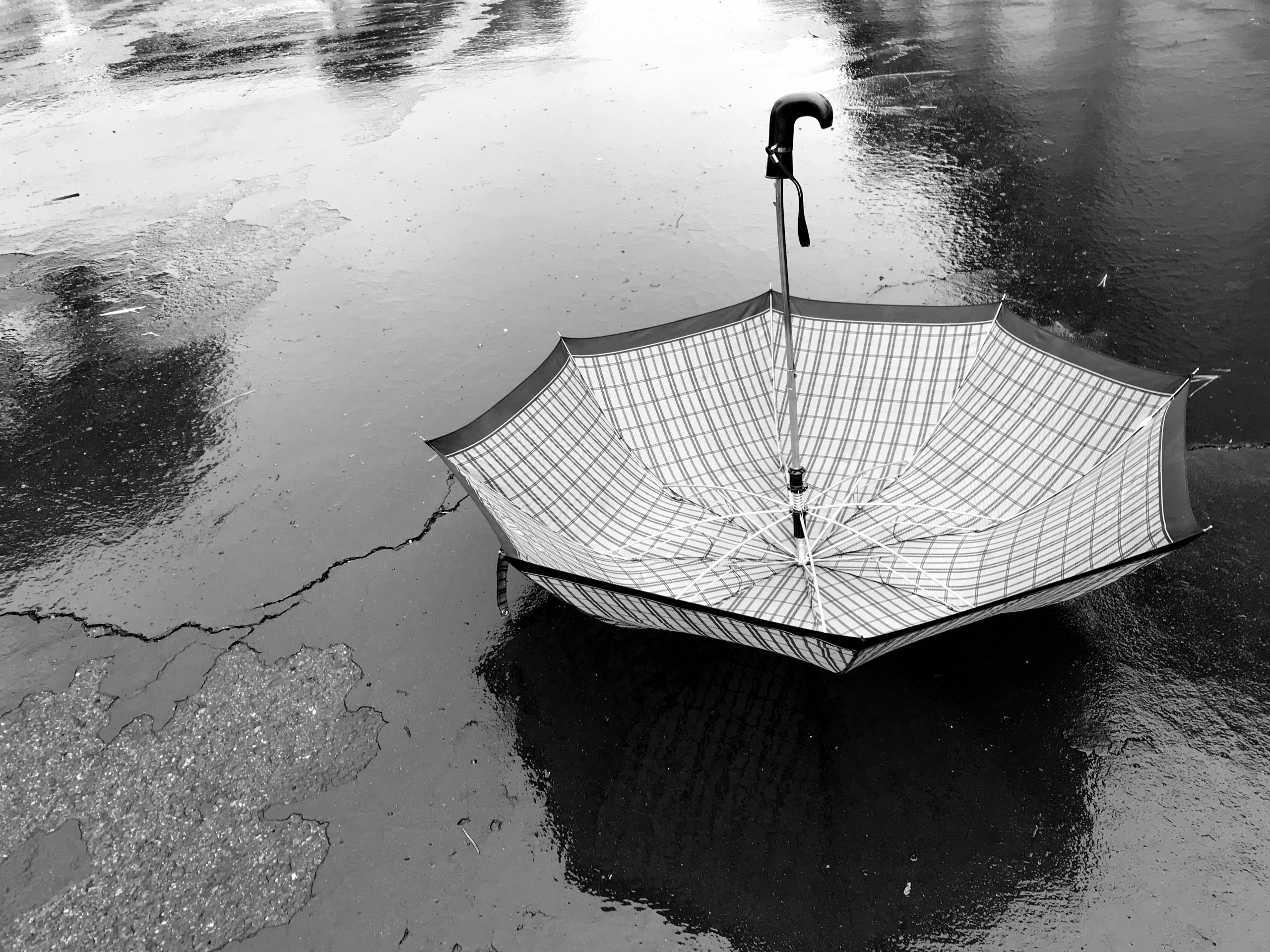Solar energy has become synonymous with sun-drenched landscapes and clear blue skies. But what happens when the clouds gather, and the rains begin to pour? Can solar energy still be a reliable source during the wet, cloudy days of the rainy season? The answer, contrary to what some might believe, is a resounding yes. Let’s delve into how solar energy performs during rainy periods and the strategies to maximize its output.
The Reality of Reduced Efficiency
While it’s a given that solar panels reach peak efficiency under direct sunlight, their functionality doesn’t grind to a halt on overcast days. Even with the shadow of the clouds, solar panels can churn out power. However, there’s a catch: the output often hovers between 10% to 25% of the maximum, contingent on cloud density and panel quality.
The Silver Lining: Diffuse Light
Direct sunlight is the gold standard for solar panels, but there’s another player in the game: diffuse light. This form of light scatters because of atmospheric particles, clouds, and molecules. Even when dense clouds overshadow direct sunlight, diffuse light remains prevalent. And, modern solar panels can harness this scattered light to produce energy.
Innovations in Solar Technology
The realm of solar energy is not static. With technological strides, we now have solar panels tailored for low-light scenarios. A shining example is the bifacial solar panel, which captures sunlight from both its frontal and rear facets. This design allows these panels to exploit reflected light, a boon during the rainy season.
The Role of Energy Storage
Rainy days might be predictable, but the duration and intensity often aren’t. To counteract this unpredictability, energy storage, especially batteries, is paramount. On sunny days, these storage units can hoard surplus energy, which becomes invaluable during prolonged cloudy spells.
Maintenance and Real-time Monitoring
Solar panels require upkeep to ensure they’re performing optimally, rain or shine. Regular cleaning sessions to eliminate accumulated debris or residues can make a world of difference. Furthermore, modern solar installations often come with monitoring tools, empowering users to keep tabs on energy production and consumption.
The Merits of Hybrid Systems
In locales where the rainy season extends for weeks on end, hybrid energy systems rise to prominence. These configurations pair solar energy with another energy source, such as the grid or generators. This dual-setup guarantees uninterrupted power even when solar production dips.
Strategic Energy Consumption
Energy conservation isn’t just an environmental imperative; it’s also a strategy during the rainy season. By scheduling energy-intensive tasks for sunnier periods and adopting energy-efficient appliances and measures, users can optimize their energy use.
Conclusion:
Solar energy’s association with sunny days is well-founded, but it’s crucial to understand its resilience and adaptability. With the right infrastructure, technology, and practices, solar panels continue to be a beacon of renewable energy, even when faced with the challenges of the rainy season.





